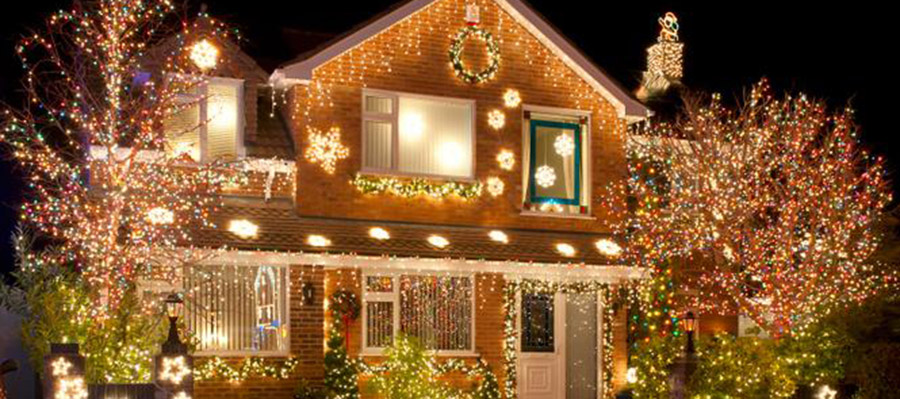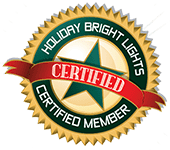For many people, lights at Christmas time are a cherished holiday tradition. Unfortunately, these lights are being considered hazardous to the environment by our friends on the environmental left. The theory is that light pollution, an overuse and misuse of light, can play havoc with both human and animal health.
Annual studies of patterns of holiday light displays have been conducted by NASA since 2012. This study shows that the increase of light intensity can increase anywhere from 30 to 50 percent.
Sources of Light Pollution
While the displays of lights at Christmas time supposedly increase the problem, various studies have also taken into account parking lot, gas station, and street lighting, as well as other means of lighting individual homes and traffic lights. The U.S. Office of Energy Efficiency & Renewable Energy found that outdoor lighting has increased to 178 million individual lamps, up from 73 million In 2002.
This increase in lighting contributes to “wasted outdoor power” – lights that are left on when no one is around to use or see them, or where the light is directed up into the sky. This is a waste of billions of both money and kilowatt hours. They fail to mention that the “wasted outdoor power” makes it easier for us silly humans to see when it is dark outside.
Wasted outdoor lighting is projected into the night sky. This projected light can disrupt the navigation systems of bats and nocturnal birds, make it difficult for humans to sleep, and inhibit melatonin production, among other health concerns. Excess outdoor lighting can also prevent someone from seeing intruders at night, become distracted while driving, and impair the view of things in the night sky.
LEDs
While LEDs seem to be the solution to most of the energy problems we face in terms of lighting, the overuse of “blue-light LEDs,” which are cheaper and more popular, are considered the unhealthiest sort of light for human health and the environment. LEDs with a different color cast are more healthful and easy to program and control, making them excellent for use in traffic lights, streetlights and other types of city lighting.
Light Usage Concerns
It isn’t just when we use light that is the problem, it is also how. The glare of streetlights and headlights are problems for many people driving at night. Bright lights can also prevent people from seeing hazards, if they are squinting in the glare. Many lights are unshielded, meaning the light from a single lamp can go in many different directions, with much of the illumination being wasted in directions where it is not needed.
Solutions to Light Pollution
Some solutions for this problem are simple, such as using LEDs with a yellow color cast, shielded outdoor lights, and dimming down parking lot lights and streetlights after a certain time of night.
Other solutions would be to act like we live in the stone age and forget that electricity was ever created. Then there would be no lights on at all and the problem of “light pollution” would go away.
What does this mean for your holiday light display? Nothing, for the moment. No one is calling for a ban on holiday lights just yet, but the feds forced consumers in America to switch their household lighting from incandescent to CFLs, the government might just have to play the Grinch and start mandating restrictions in order to curb light pollution.




